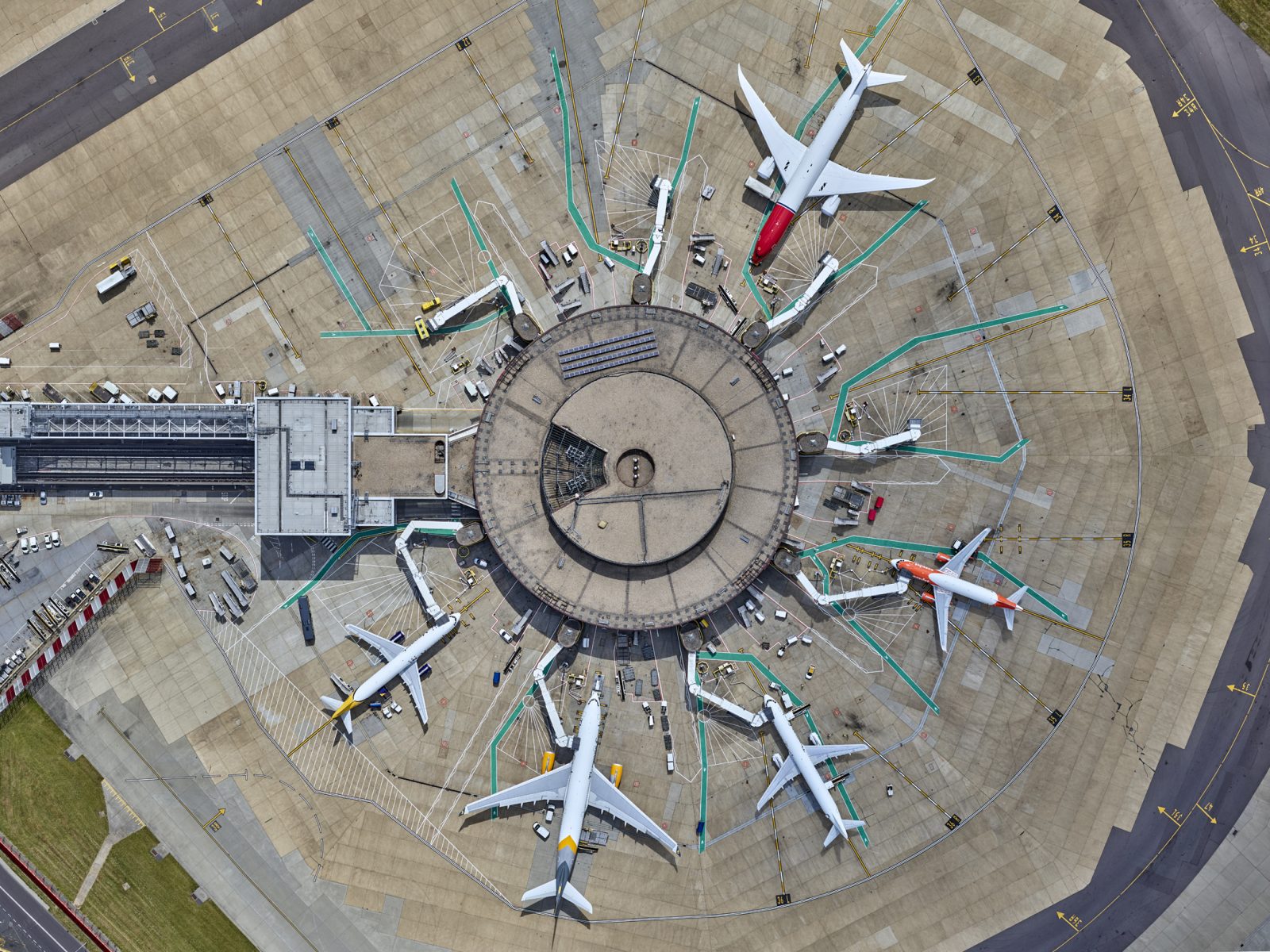Amsterdam Looks to Dim Red Light District Tourism

Skift Take
Amsterdam is trying to drive away party tourists in order to preserve resident quality of life and attract more mindful visitors. The city aims to reduce the appeal of the De Wallen, which is internationally called as the Red Light District, a major tourist attraction known for brothels, drinking, cannabis coffeeshops and other recreational activities.
At the moment, tourism to and within Europe has been booming. Europe is expected to reach its international travel volume this year, according to UN World Tourism Organization. Major cities like Amsterdam are back and growing in popularity again, according to the World Travel & Tourism Council. This year, travelers are more determined than ever to travel and spend their budgets, especially within Europe, according to the European Travel Commission.
But the Venice of the North doesn't want to be popular anymore with some of these tourists. The city is launching a "Stay Away" campaign to actively discourage party tourists. In the Red Light District, by mid-May, smoking cannabis in public will be banned, and bars and restaurants have earlier closing times on select days and sex worker venues will close earlier. It plans to replace 100 of the 249 brothel windows in the district with a multi-story center for adult entertainment in another part of the city.
Some of the measures introduced are a followup to the city's "Tourism in a balance in Amsterdam" plan, which was developed to preserve resident quality of life and combat "nuisance" tourism. The city council wants to cap the visitor maximum at 20 million (it received around 18 million in 2019) and discourage businesses and tourists that misuse Amsterdam's image as a free and open city.
“We would like tourists who come for the wealth and beauty of cultural institutions. Not the tourists who only come to walk around drunk and stoned,” Amsterdam Mayor Femke Halsema told Dutch news network ONS.
Among Amsterdam’s visitors in 2022, about 17 percent have visited the Red Light. About 25 percent of all visitors have done party activities in the city, i.e. coffee shops and clubs, according to amsterdam&partners, which promotes the city. When it comes to spending, the average Red Light District visitor and party visitor both spend 182 euros, a little higher than the average city visitor who spends an average of 150 euros.
No doubt these significant segments contribute to Amsterdam's world ranking in tourism. Amsterdam came in fifth place among cities in terms of international travel spend at $13.6 billion in 2022, according to the World Travel & Tourism Council.
But in the Dutch city, quality of life has suffered from overcrowding, road incidents, noise and Airbnb effects on rental prices, said Ed Lubbers, an Amsterdam resident of over 30 years and CEO of Travel Impact Lab.
The party crowd also influences the businesses that pop up in Amsterdam, especially the cannabis smokers. One government study found 58 percent of international tourists who travel to Amsterdam do so to in order to consume drugs. About 77 percent of party visitors go to a coffee shop, according to amsterdam&partners. Their purchasing habits have pushed business development in unfavorable directions.
“You have these endless roads of pancake shops because it’s a major draw for stoned travelers,” Lubbers said. “Amsterdam, in many ways, it’s been going downhill.”
To give residents a rest, Amsterdam had to put the brakes on tourism promotion at one point, Lubbers added. Amsterdam prioritizing resident wishes and wishes reinforce a Skift megatrend that communities are no longer spectators in travel.
Amsterdam is part of the growing list of destinations ditching mass tourism. A common impetus for such a pivot has been community frustration with tourism’s negative consequences. Hawaii Tourism Authority, for example, pursued such a path in response to community backlash.
The party image isn't sustainable for Amsterdam. As more people get access to travel and urbanization continues to accelerate, the city needs to find a balance, said a amsterdam&partners spokesperson. Tourism authorities are embracing regenerative tourism, a pivot from mass tourism. They are changing its image, focusing on its rich cultural history and driving traffic to lesser known hidden gems.
Visitors, however, haven’t stopped promoting the Red Light District, especially on social media. TikTok travel influencers, for example, regularly include the Red Light District in their Amsterdam itinerary recommendations that stack thousands of views. In addition, while guided tours are not allowed in the district, there's nothing to stop tourists from spending time and money in the area.
Skift’s in-depth reporting on climate issues is made possible through the financial support of Intrepid Travel. This backing allows Skift to bring you high-quality journalism on one of the most important topics facing our planet today. Intrepid is not involved in any decisions made by Skift’s editorial team.




